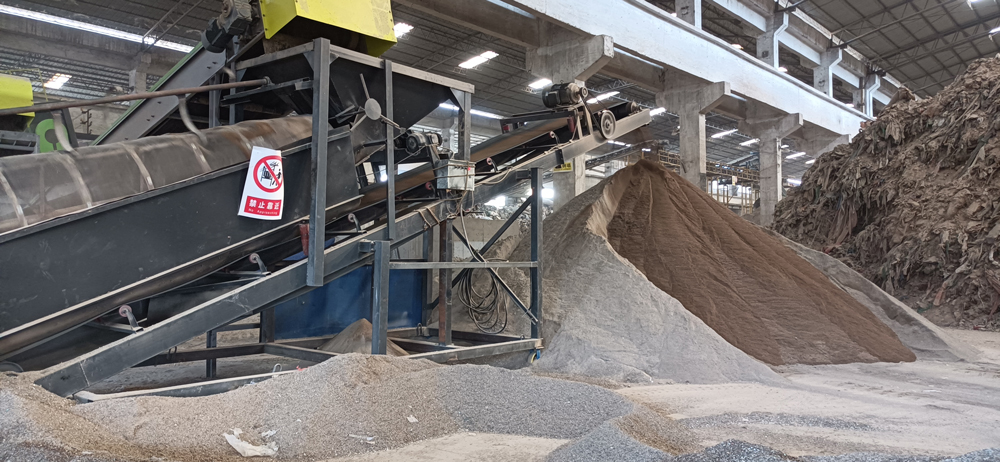 Time:2025-04-08
Time:2025-04-08
 Source:青绿环境
Source:青绿环境
In today's society, with the acceleration of urbanization, the construction industry is booming, but it also generates a large amount of construction waste. However, construction waste is not worthless waste. Through effective sorting, recycling, and reuse, we can maximize the utilization of resources and have a positive impact on environmental protection.

I. The Significance of Construction Waste Sorting
Construction waste comes in many forms, including concrete blocks, bricks, wood, metals, plastics, and more. Different types of construction waste have different physical and chemical properties. If not sorted and treated directly, it will not only waste a large amount of recyclable resources but also cause serious environmental pollution. For example, discarded concrete blocks can be processed into recycled aggregates for the production of new building materials after crushing. However, if waste containing heavy metals is discarded indiscriminately, it may seep into the soil and water sources, harming the ecological environment.
II. Methods of Construction Waste Recycling
1. On - site Sorting
- Set up a dedicated sorting area at the construction site to carry out preliminary sorting according to the type of material. For example, metal waste (such as rebar) can be piled up separately for subsequent recycling.
2. Sorting at Centralized Processing Centers
- After being transported to a centralized processing center, construction waste is subjected to more refined sorting methods. Mechanical equipment such as magnetic separators can be used to separate metal materials, and air separators can be used to screen lightweight materials such as plastics and wood.
III. Reuse of Construction Waste
1. Recycled Aggregates
- Discarded concrete and bricks can be processed into recycled aggregates through crushing, screening, and washing. These aggregates can be used for the production of low - strength concrete, road sub - base materials, and more.
2. Wood Reuse
- Wood recovered from construction waste can be processed to make wood - based composite materials or used as biomass fuel.
3. Metal Recycling
- Recycled metals such as rebar and aluminum can be remelted to produce new metal products, achieving a circular use of resources.
IV. Challenges and Outlook
Despite the broad prospects for the sorting, recycling, and reuse of construction waste, there are still some challenges at present. These include the lack of unified sorting standards, insufficient public environmental awareness, and immature related technologies. In the future, the government needs to strengthen policy guidance and support, raise public environmental awareness, and increase investment in the research and development of construction waste recycling technologies. This will promote the development of construction waste towards resource utilization and build a greener and more sustainable urban development model. Only in this way can we truly achieve the reduction, harmlessness, and resource utilization of construction waste, allowing urban construction and environmental protection to coexist harmoniously.













 Prev
Prev











